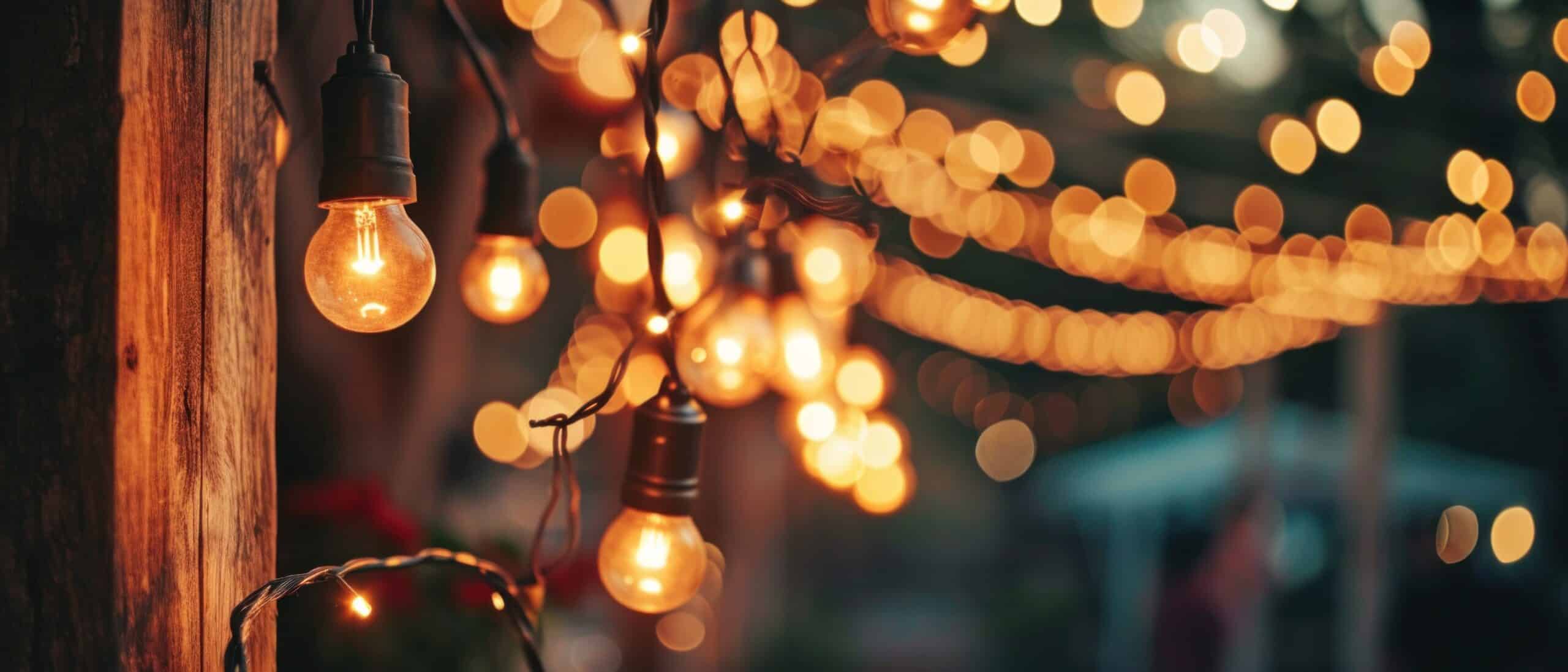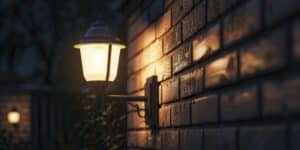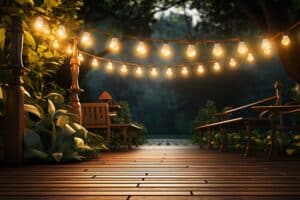How to Wire Outdoor Lights
Key Takeaways
- Assess power needs to avoid overloading the transformer and potential damage to the lighting system.
- Select weather-resistant wiring and connectors, such as direct burial outdoor cable or SPT-2 lamp wire.
- Bury the wire at recommended depths based on the ground surface to protect it from damage and maintain aesthetics.
Outdoor lighting can enhance the aesthetics, safety, and functionality of your outdoor space. Whether you want to illuminate your garden, highlight architectural features, or create a cozy ambiance on your patio, proper wiring is essential for a successful outdoor lighting installation. In this article, we will explore the best practices for wiring outdoor lights, ensuring safety, efficiency, and longevity.
Assessing Power Needs
Before diving into the wiring process, it’s crucial to assess your power needs. Calculate the total wattage of the lights you plan to install and ensure it remains below the capacity of your transformer. Overloading the transformer can lead to electrical issues and potentially damage your lighting system.
Selecting the Right Wiring and Connectors
When it comes to outdoor lighting, it’s important to select weather-resistant wiring and connectors that can withstand exposure to the elements. One common option is to use direct burial outdoor cable or SPT-2 lamp wire designed specifically for outdoor installations. These cables are durable, long-lasting, and provide reliable power transmission.
Additionally, it’s recommended to choose a low-voltage wire with a gauge of either 12 or 14. This gauge will depend on the lighting load, run length, and fixture wattage. The lower the number, the thicker the wire, which allows for better power transmission over longer distances. Consider consulting a professional or referring to manufacturer guidelines to determine the appropriate wire gauge for your specific needs.
Burying the Wire at Recommended Depths
The depth at which you bury the wire will depend on the ground surface and landscape features. For soil or dirt areas, it’s advisable to bury the wire at a depth of 12-18 inches. Mulch beds require a shallower burial at 3-6 inches, while grass areas should have a depth of 6-12 inches. If you have hardscape areas, such as concrete or paver surfaces, match the wire burial depth to the hardscape base depth.
Burying the wire at the recommended depths helps protect it from potential damage caused by garden tools, foot traffic, or natural elements. It also ensures the wire remains hidden, maintaining the overall aesthetics of your outdoor lighting.
Utilizing Waterproof Connections
To prevent moisture from seeping into the connections and causing electrical issues, it’s crucial to use waterproof connectors. One popular option is silicone-filled wire nuts, which provide excellent protection against water ingress. These connectors create a tight seal, keeping the wiring secure and safe from the elements.
Installing GFCI Protection
Ground Fault Circuit Interrupter (GFCI) outlets are essential for outdoor lighting installations. GFCIs monitor the flow of electricity and immediately shut off the power if any imbalance or ground fault is detected. This feature helps prevent electrical shocks and enhances overall safety.
It’s important to regularly test the GFCI outlets to ensure they are functioning correctly. Follow the manufacturer’s guidelines for testing procedures and schedule routine inspections to maintain a safe electrical system.
Maintenance and Inspection
Proper maintenance and routine inspections are vital for the longevity and safety of your outdoor lighting system. Conduct monthly inspections to check for exposed wires, broken bulbs, or any potential hazards. Address any issues immediately by replacing broken bulbs, mending frayed wires, and ensuring all fixtures are properly grounded.
Consider hiring a professional to conduct an annual inspection of your outdoor lighting system. They can identify any underlying issues, provide expert advice, and ensure everything is up to code.
Conclusion
Wiring outdoor lights requires careful consideration of power needs, appropriate wiring and connectors, burying the wire at recommended depths, utilizing waterproof connections, and installing GFCI protection. Regular maintenance and inspections are essential to ensure the safety and longevity of your outdoor lighting system.
Related Websites:
FAQs:
Q: Why is outdoor lighting important?
Outdoor lighting enhances the aesthetics and functionality of outdoor spaces, improves safety and security, and allows for extended use of outdoor areas during evenings and nights.
Q: What are the benefits of wiring outdoor lights?
Wiring outdoor lights allows for customized lighting designs, enhances curb appeal, increases property value, and provides a welcoming ambiance for outdoor activities or gatherings.
Q: What materials and tools do I need for wiring outdoor lights?
Some materials and tools needed for wiring outdoor lights include cables, fixtures, transformers, wire strippers, connectors, voltage tester, and materials suitable for outdoor use, such as waterproof connectors and conduit.
Q: How do I troubleshoot common issues with outdoor lighting?
Common issues with outdoor lighting, such as flickering lights or faulty connections, can be troubleshooted by checking wiring connections, replacing bulbs, testing voltage, and consulting an electrician if needed.
Q: How can I expand my outdoor lighting system?
Expanding an outdoor lighting system can be done by adding new fixtures, upgrading existing ones, or considering innovative options like smart outdoor lighting systems that offer remote control and automation features.






